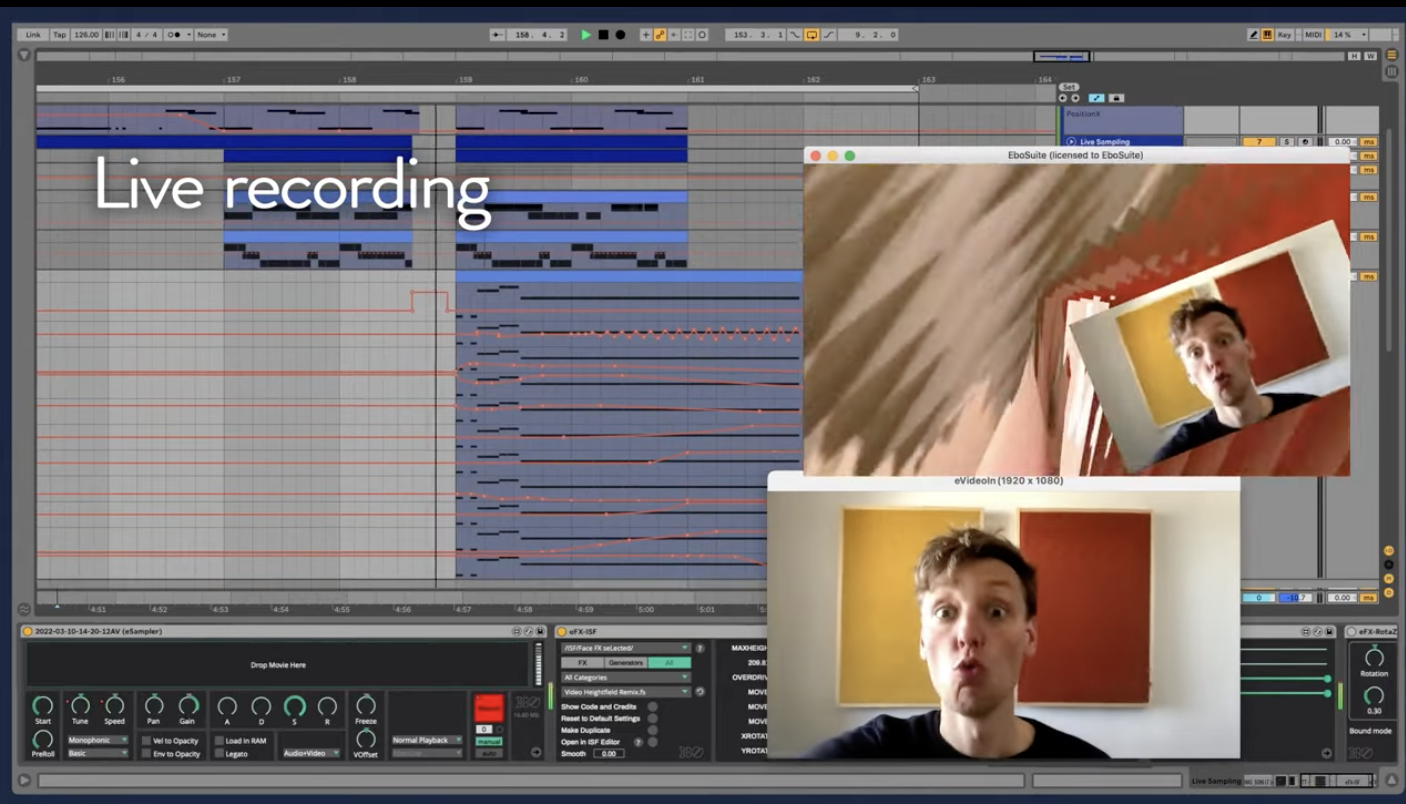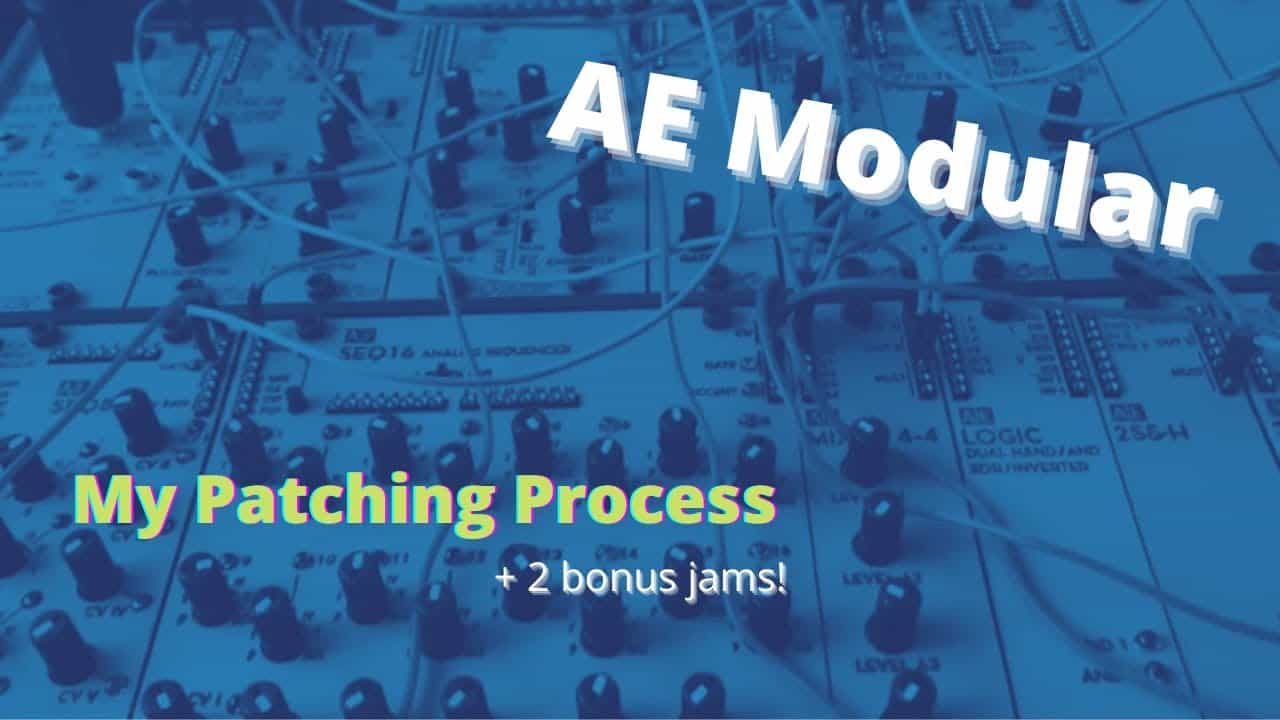Are you looking for ways to improve your singing? Breath support is a key component of vocal control and technique. As a vocal coach, I know how important it is to have efficient breath support when singing. In this article, I’m going to provide some tips on how to use breath support while singing in order to get the best results.
Breath support isn’t something that comes naturally – it’s something we all need to learn and practice if we want our voices to sound their best. The good news is that with enough dedication and focus, anyone can become an expert at using breath support while they sing! All it takes is some basic knowledge and the determination to put what you’ve learned into practice.
By following my advice on how to utilize breath support effectively when singing, you’ll be able to take your vocal performance from average or even mediocre levels up higher than ever before! So let’s dive right in and get started learning about the power of breath support for singers of all skill levels.
Definition Of Breath Support
Breath support is one of the most essential components of singing. It’s a technique that can make or break your performance and determine how well you engage with an audience. Without it, your voice will be weak and lack resonance.
So what exactly is breath support?
Simply put, breath support refers to using your diaphragm to control airflow when singing. This allows you to produce consistent volume throughout a song as opposed to straining at certain points due to exhaustion caused by inadequate breathing techniques.
When used properly, this technique helps singers maintain vocal stamina while maintaining tone quality and giving their performances more presence. The result is a powerful sound that resonates in the listener’s ears. With good breath support, there are no limits on how far you can go with your singing!
Benefits Of Good Breath Support
Good breath support is an essential part of singing. It helps the vocalist to produce a strong and resonant sound, while also allowing them to maintain control over their voice.
Many benefits come from using good breath support when singing, such as improved vocal stamina, greater range, and better pitch control. Let’s take a closer look at how we can use our muscles and diaphragm properly for optimal breath support.
The most important muscle used in breathing for singing is the diaphragm. When you inhale deeply and slowly, your diaphragm should contract downwards, pushing air into your lungs.
This helps create a solid base of air pressure which will help to sustain your notes as you sing. You can practice this by placing one hand on your stomach and focusing on expanding it outward with each inhalation.
In addition to the diaphragm, other muscles need to be engaged to ensure proper breath support while singing. These include the intercostal muscles between your ribs which aid in filling up your lungs with air; the abdominal muscles which provide stability during exhalation; and the back muscles which help keep your spine straight so that all of these pieces work together seamlessly.
Practicing simple exercises like seated stretches or yoga poses can help strengthen all of these muscle groups and make sure they’re working optimally for maximum breath support results when you sing.
With consistent practice and awareness of how our bodies move when making music, we can begin to reap the benefits of good breath support when we perform or record vocals.
Not only will you have more power behind every note but also increased clarity in what you’re expressing through song – both elements combine to give us truly captivating performances! As we move forward towards achieving our goals as singers let’s not forget about maintaining correct posture for optimal breath support too!
Posture For Optimal Breath Support
Having the right posture is essential for optimal breath support when singing. Keeping your spine straight and relaxed is important, with feet shoulder-width apart on the floor.
This creates a strong foundation allowing you to draw air from deep within your lungs without strain or tension. You should also make sure your neck is in line with your shoulders and your arms are slightly away from your body. This helps create room for proper airflow as well as stability when singing.
When you have established a good singing posture, it’s time to work on controlling your breath. Your diaphragm should be engaged throughout each phrase of music so that you can maintain control over your voice while still allowing for maximum expression.
The goal here is to develop an awareness of how much breath pressure you need to hold notes comfortably and sustain them at different dynamic levels.
Finally, don’t forget about proper breathing techniques! Make sure to inhale through your nose while expanding both sides of the ribcage evenly, then exhale slowly and steadily through pursed lips.
This will ensure that you’re getting enough oxygen while maintaining steady vocal production during long phrases or difficult passages of music. With practice, this kind of breath control will become second nature and help take your singing performance to new heights!
With a focus on correct posturing and efficient breath control, we now turn our attention to exercises designed to strengthen breath support when singing...
Exercises To Strengthen Breath Support
Are you ready to take your vocal performance and breath control to the next level? Whether you’re a beginner or an experienced singer, diaphragm exercises will enable you to strengthen your breathing technique. Breath control is key for singing with power and finesse–and these exercises can help you get there!
Vocal warm-ups are essential for any good singing session. Start by lying down on your back in a comfortable position and placing one hand on your abdomen and the other hand on your chest.
Take a deep breath through your nose and focus on allowing only your abdominal area to expand as you inhale. This type of breathing should come naturally if you practice regularly; it’s called “abdominal breathing” because it engages the muscles that make up the diaphragm. As you exhale, slowly release the air from your lungs until all of it is gone. Repeat this exercise several times until it becomes second nature.
In addition to practicing abdominal breathing, learn how to use proper posture when singing. Good posture helps create space in the lungs to fill with more air while also keeping them open during exhalation—essential components of powerful breath support!
Also, be sure to incorporate specific diaphragm training into each practice session: keep a tight core while pushing outwards against resistance (such as pushing against a wall). By combining these techniques into your regular routine, not only will your voice sound better but also have greater clarity and projection-making every song feel effortless!
Diaphragm Training For Singing
Diaphragm training is essential for proper breath support when singing. It’s a vital component of any vocalist’s routine – especially those who wish to develop their tonal range and strength with time.
To get started, it helps to understand the role that your diaphragm plays in breathing correctly while singing. Your diaphragm is a muscle located at the base of your lungs; it functions as an air pump that contracts and relaxes during inhalation and exhalation, respectively.
When you train this muscle, you strengthen its ability to control your airflow, which can help create better pitch accuracy and tone quality when singing. A great way to do this is by performing exercises such as deep belly breaths or rib cage expansions, where you focus on letting your abdomen expand outwardly instead of pulling up from underneath.
You should also practice slow, controlled inhalations and exhalations so that you can learn how to regulate your airflow effectively while singing different notes or phrases.
Finally, learning proper posture habits will help you maintain good breath control when singing too! When sitting or standing, keep your ribs lifted, shoulders relaxed, and back straight – these simple adjustments can make all the difference! With regular diaphragmatic training, practice patience, consistency and dedication over time – you’ll soon be ready for some advanced breathing techniques for singing!
Breathing Techniques For Singing
Have you ever wondered how to use breath support when singing? Using the right breathing techniques can help singers achieve greater vocal projection and control. Learning how to effectively use your diaphragm is an important part of mastering these singing techniques. Here are some tips for using breath support when singing:
First, be sure that your body is relaxed from head to toe before starting a song. Tense muscles create tension in the throat, interfering with proper breath support. Take a few deep breaths and focus on letting all of the air out as you exhale. This practice helps bring awareness of where your breath must go during the performance.
Next, keep your mouth open wide enough so that there’s room for your voice but not too wide that it interferes with getting good sound out of each note.
When taking a breath, imagine pulling air into the stomach area instead of chest-breathing or shallow inhaling. This diaphragmatic breathing allows more air into the lungs while providing better stability through sustained notes and phrases. Lastly, try pushing gently against your lower abdomen as you sing to ensure optimal airflow and vocal projection throughout different parts of the song.
By following these simple steps, you can improve your breath support technique and take one step closer towards mastering effective breathing techniques for singing!
How To Project The Voice With Breath Support
Projecting your voice is an important skill to master to be a successful singer. With the right breath support and technique, it’s possible for anyone to sing confidently with power and clarity. Here are some tips on how to use breath support when singing:
- Engage the diaphragm: When singing, engage your diaphragm by taking deep breaths from low in your abdomen instead of shallow breaths from your chest area. This will also give you better control over airflow and pitch accuracy.
- Use your lungs: Make sure you’re using both your lungs and not just one side when breathing. By doing this, it helps open up more airways and provides stability while singing higher notes or holding longer phrases.
- Support each note with breath: As you sing each phrase, make sure that there is sufficient breath behind each note so it has enough volume without sounding strained or forced. Also try humming exercises before going into a song as they can help improve breath control significantly.
- Focus on relaxed posture: When engaging in vocal exercises or practice songs, focus on being relaxed and keeping good posture – this helps ensure that you’re using proper breath support throughout the exercise/song.
By following these steps, you’ll be able to project your voice more effectively while also having better range and tone quality during singing performances.
Plus, having correct breathing techniques will help prevent any vocal fatigue or strain which can occur after long hours of rehearsals or shows. Now let’s look at the impact of eating habits on breath support…
Impact Of Eating Habits On Breath Support
Singers need to be conscious of their eating habits in order to maintain breath support and vocal projection. Eating foods that are high in fat or sugar will impair the body’s ability to regulate air flow, as they draw energy away from the diaphragm muscles used for breathing.
Eating a clean diet with plenty of water can help keep singers’ voices healthy by allowing them to practice techniques such as deep abdominal breaths for proper diaphragm control.
In addition, alcohol consumption should be avoided before singing performances, as it impairs the body’s ability to produce strong sound waves even further. Alcohol causes dehydration which reduces lung capacity, making it difficult to project over instruments and other loud noises without tiring out quickly. Instead, opt for herbal tea or warm water with lemon prior to a performance if you want to give your voice an extra boost!
Finally, regular exercise is essential when trying to achieve maximum breath support while singing. Exercise helps strengthen the core muscles involved in controlling airflow, which means that there is less effort required on stage when delivering long notes or powerful vibrato. Regular aerobic activity also increases stamina throughout longer sets so that singers can stay consistent all night long!
Professional Tips For Using Breath Support When Singing
As a professional singing coach, I’m often asked about tips for using breath support when singing. It’s important to understand that breath support is the foundation of good vocal technique and performance. Learning proper breathing techniques can help singers achieve better sound quality, control their volume, maintain stronger pitch accuracy, and ultimately be able to project their voice over an audience.
Diaphragm training is the first step in improving your breath support as a singer. This will help you become more aware of how much air you’re actually taking into your lungs and allow you to increase or decrease the amount depending on what notes you’re singing.
Eating habits also play a role in maintaining strong breath support while singing; avoiding sugary snacks before performances or practices will give your vocal chords the energy they need to sustain long phrases without running out of steam.
When it comes to projecting your voice, having good breath support is key! Make sure you take deep breaths before beginning each song or phrase so that you have enough air behind each note. Practice sustaining notes with increasing levels of intensity until you feel comfortable pushing your voice through large spaces without straining it too hard. With regular practice, this skill should come easily with time!
Practicing To Maintain And Improve Breath Support
Now that you better understand how to use breath support when singing, it’s time to start putting this knowledge into practice. Developing and maintaining proper technique is essential for successful vocal performances. To do this, regular practice sessions are necessary. Here are some tips to help you get started:
First, begin with diaphragm training exercises. Focusing on using your diaphragm during breathing can help build the strength and control needed for effective breath support while singing. You may also want to incorporate other breath-control techniques into your routine, such as humming or lip trills. These exercises will help increase airflow and expand your vocal range.
Second, work on improving your projection by incorporating specific breath exercises into your practice routine. This could include taking deep breaths before singing each phrase or focusing on long exhales after phrases – both of which will improve vocal delivery and overall sound quality.
Additionally, ensure you’re comfortable with the song material so you don’t run out of air mid-phrase!
Finally, once you feel comfortable with these basics, try experimenting with different approaches to see what works best for you in terms of breath support while singing. Don’t be afraid to experiment outside of traditional techniques; sometimes finding new ways to approach a problem can lead to exciting discoveries! With consistent practice and dedication, soon enough you’ll find yourself confidently making powerful sounds without straining your voice at all.
Frequently Asked Questions
What Is The Best Breathing Technique For Singing?
When it comes to singing, breathing technique is key. You need to make sure that you’re utilizing proper breath support so your voice can reach its fullest potential. There are several ways to ensure you have the best possible breathing technique for singing.
First, engaging in vocal warm-ups and breathing exercises before any performance or rehearsal can help strengthen your diaphragm muscles and prepare them for use. These simple practices will also improve your lung capacity and air flow while helping prevent strain on your vocal cords. Additionally, posture plays a huge role when it comes to breath control; standing straight with shoulders back helps open up the lungs while allowing the body to take full breaths of air without overworking any specific muscle group.
Finally, diaphragmatic breathing is an essential part of singing correctly and should be practiced regularly. This type of breathing requires you to focus on pushing out from the stomach area as opposed to taking shallow breaths into your chest cavity — this way, you can make sure that all parts of your respiratory system are working together efficiently which will give your vocals more power! Practicing this kind of deep inhaling and exhaling can not only improve range but also provide better intonation overall.
So don’t neglect the importance of proper breath support when singing – if done correctly, it could mean the difference between hitting those high notes or missing them entirely! With regular practice and a few helpful tips under your belt, you’ll soon be able to master the art of using breath support in no time!
How Long Should I Practice Breath Support When Singing?
When it comes to singing, breath support is an essential vocal technique. But how long should you practice it in order to get the most out of your voice? According to experts, the average person needs at least a month of consistent breathing practice before they can make significant improvements to their singing.
The key to mastering breath support when singing is to focus on developing control over your diaphragm and throat muscles. This will enable you to sustain notes for longer periods of time and increase the range of your voice. To build up this control, start by practicing taking deep breaths from your abdomen while keeping your chest still. Once you’ve mastered that, try adding some basic exercises like humming or yawning with a closed mouth – this helps develop coordination between your abdominal and throat muscles which are necessary for good breath support when singing.
Regularly practicing these techniques will help you gain more confidence in controlling your breath as well as improving vocal stamina and accuracy. And if you want even better results, consider working with a vocal coach who can provide personalized feedback on how best to use breath support in various songs or styles of music. That way, you’ll be able to take full advantage of both breathing practice and regular singing sessions!
How Can I Improve My Breath Support Quickly?
Improving your breath support quickly is essential to successful singing. The right breathing technique can help you maximize the power and quality of your voice while also protecting it from strain and fatigue. So, how can you improve your breath support quickly?
The most important thing is to practice regularly and pay close attention to your body’s cues when you sing. Start by focusing on exhaling slowly with a steady stream of air as you vocalize. This will help build up strength in your lungs, allowing them to more easily sustain longer notes without running out of breath. Be sure to focus on proper posture too – standing tall with shoulders relaxed helps ensure that your diaphragm has enough room for full expansion as you inhale deeply.
Additionally, try experimenting with different types of vocal exercises designed specifically for developing breath control and stamina. Warm-up drills are great for getting the muscles used to singing sustained passages before tackling larger pieces or songs. As you gain confidence in holding notes without running out of breath, start introducing other elements like vibrato, dynamics, or even harmony parts into the mix. With consistent practice, soon enough you’ll become comfortable using all that extra energy behind every phrase!
By consistently practicing these techniques and paying attention to your body’s cues when singing, you will be well on your way towards improving your breath support quickly!
What Should I Do If I Lose My Breath While Singing?
If you lose your breath while singing, don’t panic! It happens to everyone at some point. Instead of running out of air, take a moment and practice vocalizing on the spot. This can help remind you to breathe in slowly from your diaphragm and keep a restful posture.
It’s important to remember when singing that breathing correctly is just as important as the words coming out of your mouth. Taking deep breaths helps give more power and projection to your voice, so make sure to actively focus on doing this during long passages or phrases. You should also be aware of how much energy it takes for each phrase; if you feel like you’re losing steam quickly, it might mean you need to slow down and relax into the flow of the music more.
The best way to maintain good breath support is by regularly practicing exercises designed specifically for singers. This will help build up your stamina over time so that you don’t run out of air unexpectedly during performance. And, most importantly – never forget to have fun with it! Singing should always be an enjoyable experience, no matter what level you are at. So go ahead and let loose!
Does The Type Of Food I Eat Affect My Breath Support?
When it comes to singing, having the right breath support can make all the difference. Like a car needs fuel and an engine to run smoothly, your voice relies on good dietary habits and breathing exercises for optimal vocal control. So does the type of food you eat affect your breath support? Let me explain.
Think of food like gasoline for a car; each meal provides energy that helps power our bodies – including our voices. Choosing healthy foods rich in nutrients gives us access to more resources when we sing. For example, if you’re eating high-carbohydrate meals, then you have extra energy available which can help keep up with those long notes or faster tunes. Likewise, protein-rich snacks will provide plenty of sustenance between sets so you don’t lose steam during performances!
Now let’s talk about how these food choices can affect your breathing techniques. Eating nutrient dense foods give singers better control over their diaphragm which plays a major role in providing correct breath support while singing. Going back to our gas analogy: think of carbohydrates as premium grade fuel and proteins as diesel – they both offer different benefits depending on what kind of performance you need from your ‘engine’ (i.e., voice). And similarly, making sure to stay hydrated before any practice session is key. Not only do liquids recharge depleted cells but they also thin mucus secretions in the throat which results in clearer sound production!
So take some time to review your diet and find out how it could be impacting your vocal abilities–you may just find that making small changes today can lead to big improvements tomorrow!
Conclusion
The ability to support your breath when singing is essential for any vocalist. It’s not something that you can learn overnight, but with practice and dedication, you will be able to make significant progress over time. The key is to start small and build up gradually until you find the right balance between air flow, posture and sound quality.
Remember to keep in mind the type of food you eat as it can also have a big impact on how much control you have over your breathing technique. Eating healthy foods full of vitamins and proteins will help provide your body with the energy needed for proper breath support during singing. Additionally, try to get plenty of rest so that your body feels well rested before any performance or rehearsal.
Overall, breath support takes lots of practice and patience; however, once mastered it opens up an entire world of possibilities for singers looking to take their craft to the next level! With enough dedication and focus, you too can become a master at using breath support when singing.










